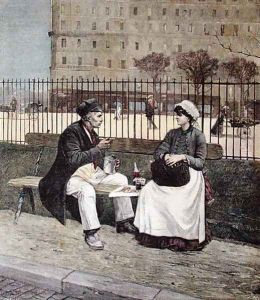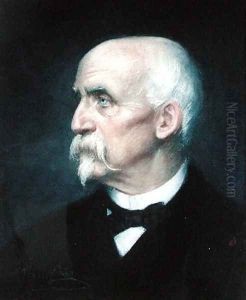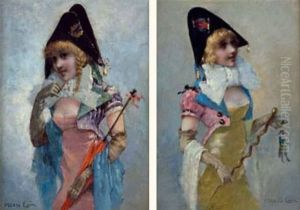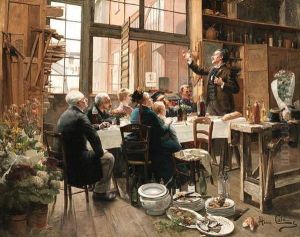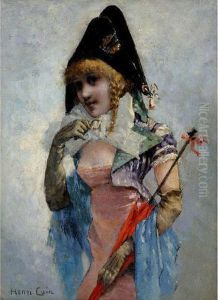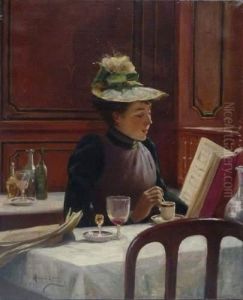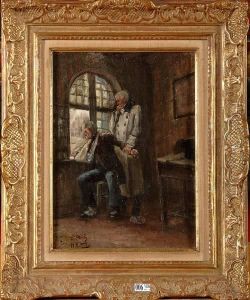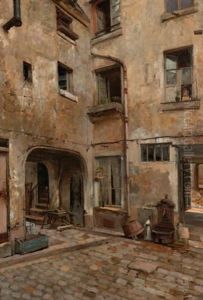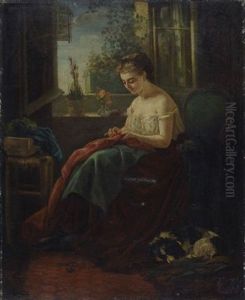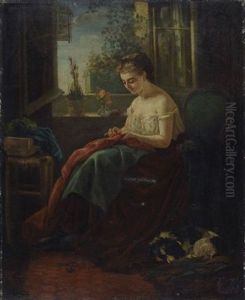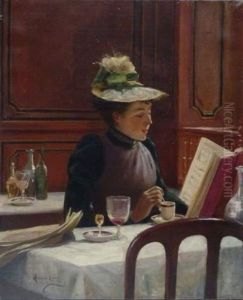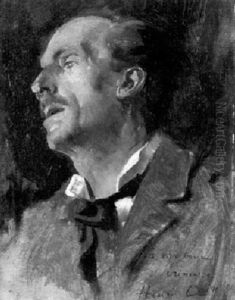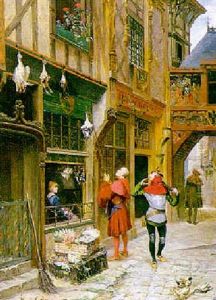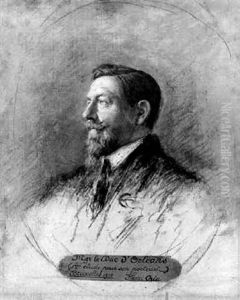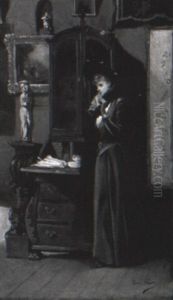Henri Cain Paintings
Henri Cain was a French dramatist, librettist, and director, remembered primarily for his work in French opera. Born on October 11, 1857, in Paris, France, he was the son of the painter Georges Cain and the grandson of the sculptor Auguste Cain. Henri Cain's career in the arts was influenced by his family's artistic background, which helped him gain a foothold in the cultural scene of Paris.
Cain's contributions to the world of opera were significant. He wrote the libretti for many operas, working with prominent composers such as Jules Massenet, with whom he had a particularly fruitful collaboration. His works with Massenet included 'Cendrillon' (1899), 'Le Jongleur de Notre-Dame' (1902), and 'Don Quichotte' (1910). These operas continue to be part of the standard operatic repertoire to this day.
Beyond his work with Massenet, Cain also collaborated with other composers like Camille Saint-Saëns on 'Déjanire' (1911) and 'L'ancêtre' (1906), as well as with other notable figures of the time. His libretti were known for their dramatic flair and adherence to the musical and theatrical styles of the late 19th and early 20th centuries.
Cain's work extended into directing, where he brought many operas to the stage, contributing to the artistic direction and overall success of the productions. His experience as a librettist no doubt informed his directorial choices, offering a cohesive vision that resonated with contemporary audiences.
Henri Cain's career was a reflection of the vibrant cultural milieu of Paris during the Belle Époque, a period known for its artistic innovation and opulence. He was part of a generation of artists who were pushing the boundaries of traditional art forms, and his libretti played a role in the development of French opera during this era.
He passed away on November 21, 1937, in Paris, having left a legacy that enriched the world of opera and contributed to the cultural tapestry of France. His works remain a testament to his skill as a librettist and his understanding of the operatic form.
